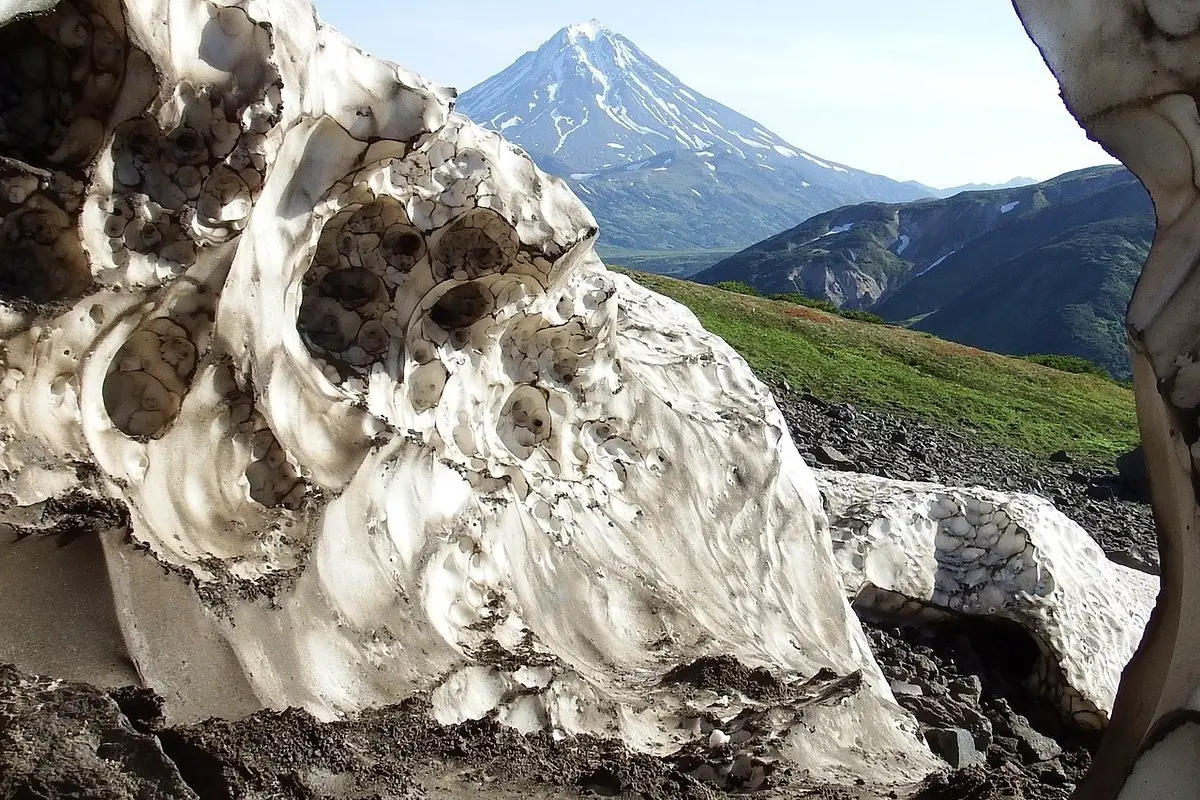Winter camping in a snow cave is an exhilarating and adventurous experience for outdoor enthusiasts. This unique form of shelter offers a cozy refuge amidst the snowy wilderness. In this comprehensive guide, we will explore the art of building a snow cave for camping, share tips on staying warm in the icy confines, and provide you with a detailed snow cave camping gear list. Let’s dive into the magical world of winter camping in a snow cave and learn how to make the most out of this extraordinary experience.
How to Build a Snow Cave for Camping
Building a snow cave for camping is a crucial skill for winter survival and outdoor enthusiasts. Here’s a step-by-step guide to help you construct a safe and cozy snow cave for your winter camping adventure:
1. Choose the Right Location:
- Look for a location with compact, stable snow. Avoid areas prone to avalanches or drifting snow.
- Choose a slope with a gentle incline to ensure water drainage and avoid flooding.
2. Gather the Right Tools:
- Snow Shovel: A sturdy, lightweight shovel is essential for digging.
- Snow Saw: Used for cutting precise blocks of snow.
- Probe: Helps measure snow depth and locate potential hazards beneath the snow.
- Avalanche Beacon: Essential if you’re in avalanche-prone areas.
3. Start Digging:
- Dig a trench into the snow where you plan to build the snow cave. The trench should be a few feet deep, depending on the snow depth.
- Create a dome-shaped cavity by digging into the snowbank perpendicular to the trench. The dome provides stability and insulation against the cold.
4. Carve the Interior:
- Smooth the interior walls and ceiling of the cave using your shovel. Make the walls about 1.5 to 2 feet thick to provide insulation.
- Create a sleeping platform higher than the entrance to prevent cold air from entering. Dig it out carefully to avoid puncturing the cave walls.
5. Create Ventilation Holes:
- Carve out small ventilation holes near the top of the dome to allow fresh air in and prevent condensation.
- Make sure the holes are angled slightly downward to prevent snow from falling in.
6. Finalize the Entrance:
- Build a small entrance tunnel that slopes upward. This design prevents cold air from directly entering the sleeping area.
- Make the entrance narrow to retain heat but wide enough for easy entry and exit.
7. Test the Stability:
- Before fully entering the snow cave, test its stability by gently pushing on the walls. If the snow feels firm and stable, it’s safe to enter.
- Always double-check the cave’s stability, especially after heavy snowfall or changing weather conditions.
8. Additional Tips:
- Pack Snow: If the snow is too powdery, pack it down to create denser walls.
- Use Backpacks: Place backpacks or gear outside the entrance to block drafts and retain heat inside the cave.
- Stay Dry: Remove wet clothing before entering the cave to keep the interior dry and warm.
- Be Mindful of Melting: Avoid building a snow cave near heat sources like stoves, as the warmth can cause the cave to melt and collapse.
Tips for Staying Warm in a Snow Cave
Staying warm is paramount during winter camping in a snow cave. Here are some essential tips to keep the chill at bay:
Layering: Wear multiple layers of clothing to trap body heat. Opt for moisture-wicking base layers, insulating mid-layers, and a waterproof, windproof outer layer.
Sleeping System: Invest in a high-quality sleeping bag designed for cold temperatures. Pair it with an insulated sleeping pad to provide a barrier between you and the cold ground.
Hot Water Bottles: Heat water and fill sturdy, leak-proof bottles. Place them inside your sleeping bag to generate heat throughout the night.
Warm Beverages: Enjoy hot drinks like tea, coffee, or soup before bedtime. Warm beverages can raise your body temperature and provide comfort.
Proper Ventilation: While it might seem counterintuitive, ensuring proper ventilation is crucial. It prevents condensation inside the cave, which can make you damp and cold. Use your ventilation holes wisely.
Snow Cave Camping Gear List
To make your winter camping experience in a snow cave safe and enjoyable, here’s a list of essential gear you’ll need:
Snow Shovel: For digging and shaping the snow cave.
Snow Saw: Helps in cutting precise blocks of snow for construction.
Insulated Clothing: Including waterproof jackets, pants, gloves, and boots.
Sleeping Bag: Rated for sub-zero temperatures.
Insulated Sleeping Pad: Provides insulation from the cold ground.
Cooking System: Lightweight stove and cookware for preparing warm meals and drinks.
Headlamp: Essential for visibility during the dark winter nights.
First Aid Kit: Basic medical supplies for emergencies.
Navigation Tools: Map, compass, or GPS device to navigate the snowy terrain.
Emergency Communication: Satellite phone or two-way radio for emergency communication.
Conclusion
Winter camping in a snow cave offers a unique and immersive outdoor experience. By following the tips for building a snow cave, staying warm, and packing the essential gear, you can enjoy a safe and memorable adventure in the snowy wilderness. Embrace the beauty of winter, stay prepared, and revel in the magic of camping in your very own snow sanctuary. Happy camping!
Read More
24 Hour Beaches Near Me, Ultimate Guide
Winter Camping in a Hammock: How to Stay Warm and Cozy
Mastering the Art of Winter Camping Photography: Tips, Spots & Inspiration
Flip Flops Womens/Mens Flip Flops: D’ont Drive In Flip Flops
Winter Camping Backcountry Tips | Comprehensive Guide to Stay Safe and Warm

